Study finds market for youth sports complex
- February 10, 2016
- / Shannon Nickinson
- / economy
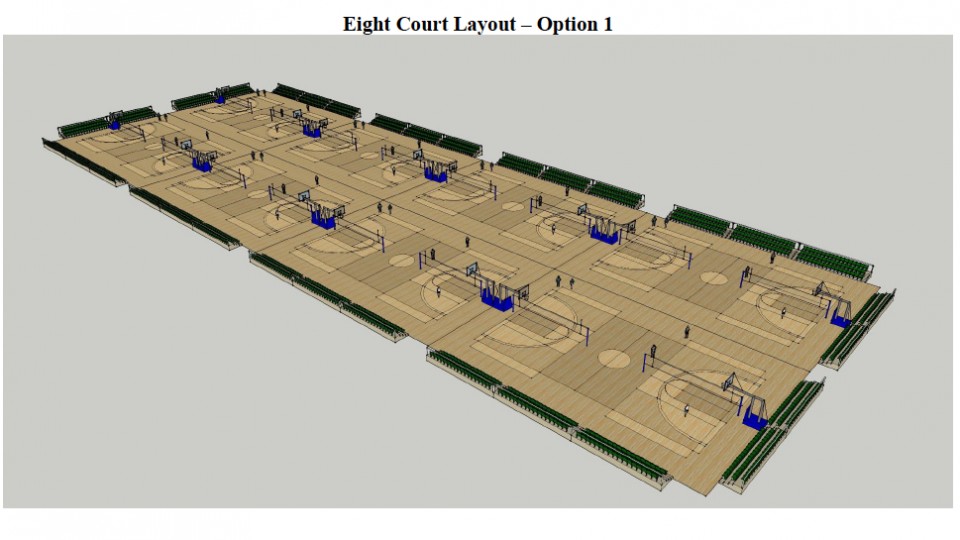
A study found that a proposed $36 million youth sports complex could boost the offseason tourism market in the Pensacola metro area.
Could the former site of the Main Street sewer plant become a sports complex that would draw youth competitors from across the region to Pensacola?
What about the old Hallmark Elementary School building?
Maybe a stretch of the Port of Pensacola or the old soccer complex property on U.S. 29 near W street?
All are possible locations mentioned for a $36.2 million indoor youth sports complex that would draw young athletes, their families — and their visitor dollars — to the Pensacola’s area’s $1.4 billion tourism economy.
Those are the findings of a report by Crossroads Consulting Service, which looked at the impact such a facility would have on Pensacola’ growing sports tourism economy.
The report was presented to the Escambia County Tourism Development Council on Feb. 1.
“The message is that Escambia County has an opportunity to significantly increase its presence in the sports tourism world with an indoor facility space,” said Pensacola Sports Executive Director Ray Palmer. “What Escambia County lacks is the indoor venue with multiple courts under one roof. That’s the trend in the whole country right now. The major event organizers are looking for that one venue where they can host large groups and events.”
On Feb. 11, Palmer will present the study to the Escambia County Commission’s committee of the whole meeting.
“We are going to present to them the feasibility of having an indoor facility and the impact it would have on direct and indirect jobs created, the number of hotel stays and the tax dollars generated,” Palmer said.
"We are really excited with the results of the study that said yes, there is an opportunity to bring sports impact to Pensacola. That’s exciting stuff."
The most favored sites for such a complex are near downtown and close to the waterfront.
In ranked order, the sites are:
— Former ECUA property on Main Street now owned by Quint and Rishy Studer.
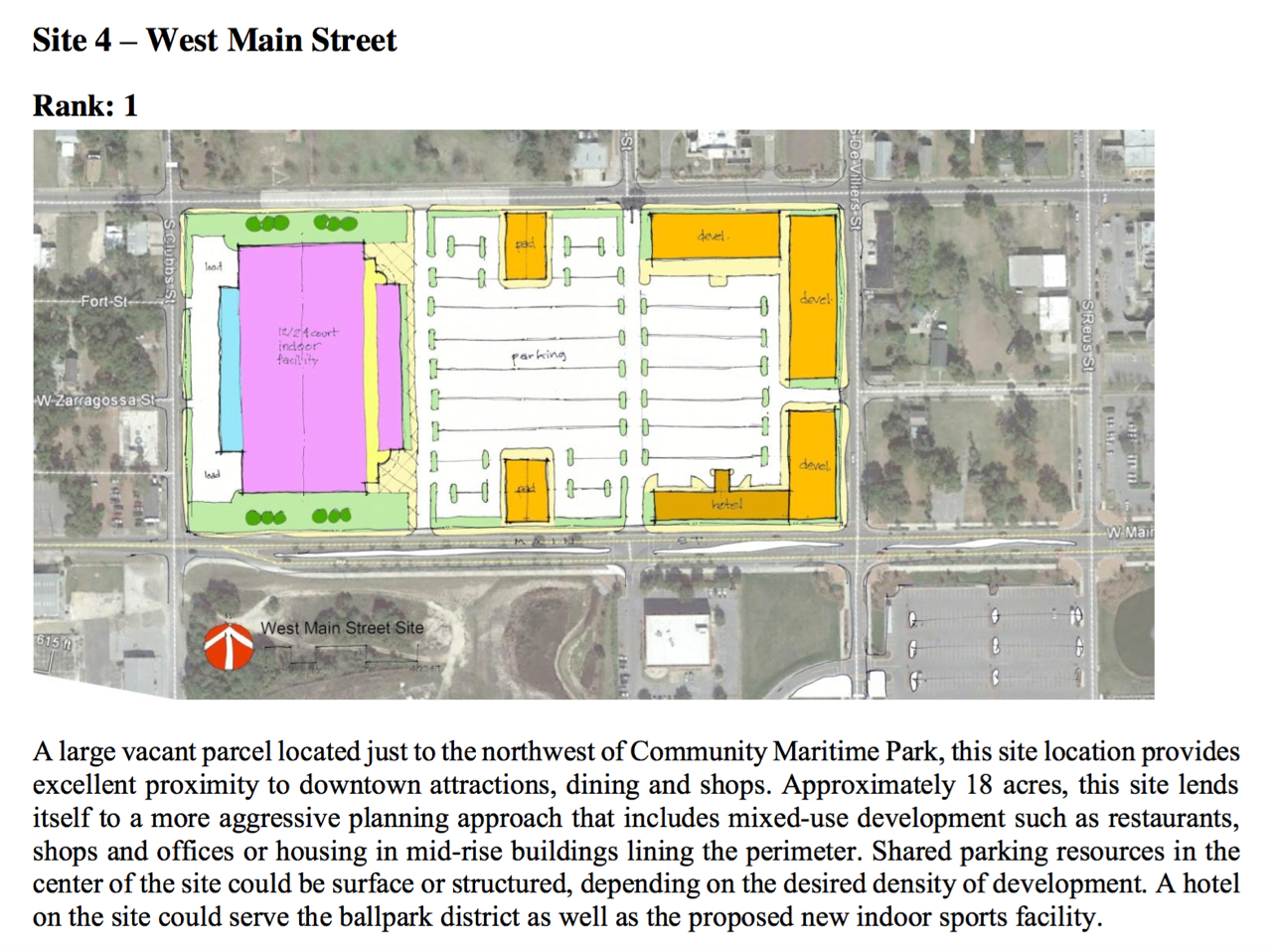
— Northeast corner of the Port of Pensacola property.
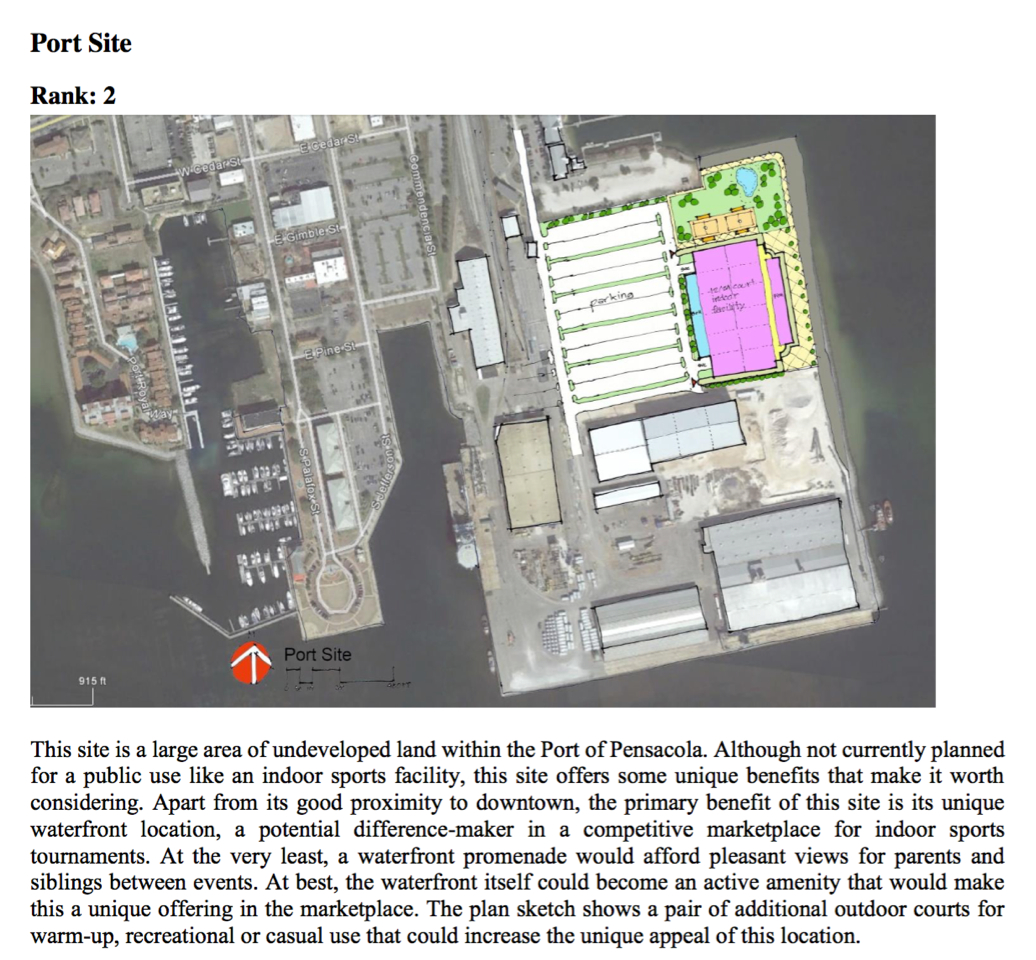
— The old soccer complex site on U.S. 29 at W Street.
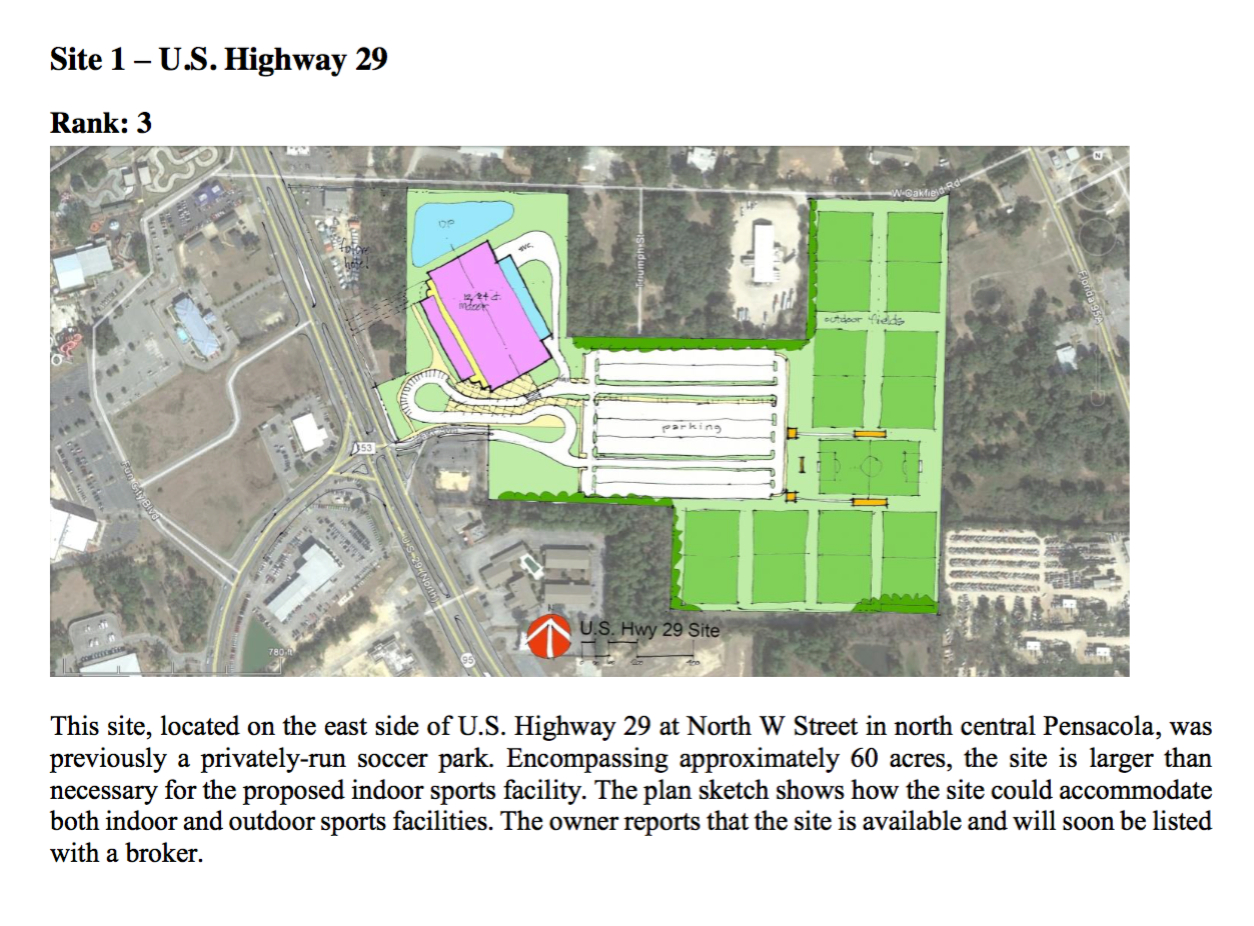
— Property on Gimble Street, one block south Main Street near Barrancas Avenue. This property is being remediated by the U.S. Environmental Protection Agency.
— The old Hallmark Elementary School building between E and F streets.
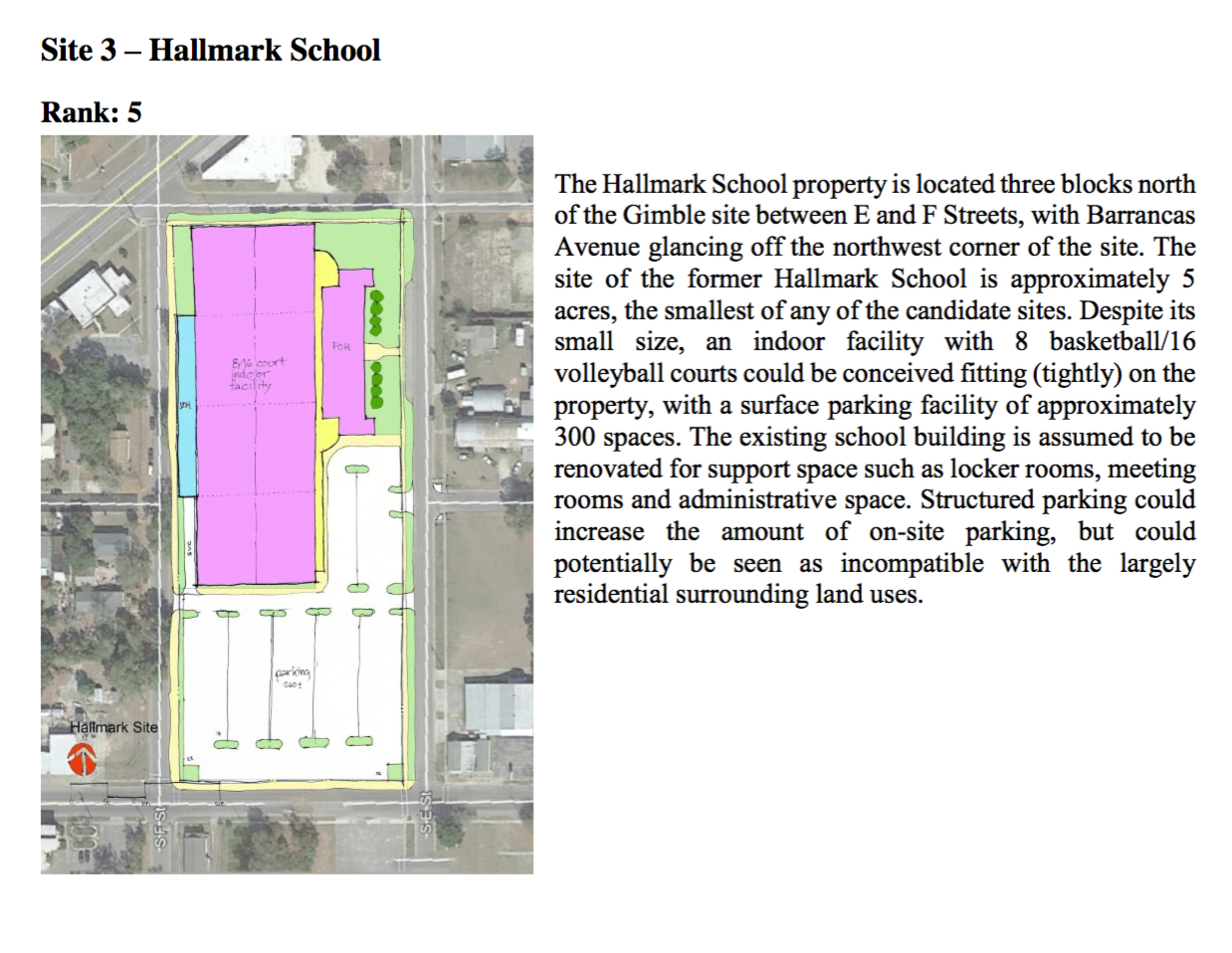
The study recommends the facility be managed by a private third party — not a municipality — with “a dedicated staff of experienced professionals that manage and market the facility and understand the unique needs of tournament promoters and local sports organizations.”
It should accommodate local sports groups and work closely with Visit Pensacola, Pensacola Sports Association, area collegiate athletic departments and the hospitality sector.
How it would be funded
Where would that $36.2 million for construction come from?
The study suggests that in other communities where such projects have been completed, a mix of public and private dollars pay the freight.
Public funds could come from:
— Tourist Development Tax revenue, through a rate increase. A 1 point increase could generate $2.2 million countywide, the study says.
— Discretionary or local option sales tax, starting with the 2017 round of LOST dollars.
— A Tax Increment Financing District, created in the area where the new facility would be built.
— BP oil spill related grant funds, as a one-time source of funding for economic projects.
Private funds could come from:
— Selling the naming rights.
— Long-term sponsorships.
— Lease fees in the facility from a compatible retail entity, such as a sports medicine facility, the study suggests.
All of those options are “highly market driven” the study notes, and due to the very preliminary nature of the project, revenues are not estimated as part of the analysis.
How we got here
In 2014, at the urging of Palmer, Escambia County Commissioners approved funding for a planning study that could serve as a roadmap to expand the impact sports tourism has on the local economy.
The Florida Sports Association has looked at Pensacola’s sports infrastructure and found challenges.
It found that the University of West Florida is really the only venue that can accommodate a host of different sporting events, and they are often booked, Palmer said in 2015.
While the sports tourism sector is a small piece of the Pensacola area’s $1.4 billion tourism economy, it does have impact.
A 2012 study led by Rod Lewis of UWF’s Haas Center for Business Research and Economic Development, found amateur sports tourism contributes about $22 million annually, and supports nearly 300 full-time jobs.
The Haas Center used a standard figure of $151 per adult, and $75 per youth to calculate the daily economic impact.
Moreover, sports tourism also produces more than $55,000 in annual local option sales tax revenues, the study found.
Jobs, revenue impact
Sports complexes can bring in big money. But they cost big money to construct and operate, too.
The report notes that such facilities can operate at a loss, “However, communities chose to construct similar sports facilities to serve local needs, create a sense of community, and/or generate economic activity by drawing attendees from outside the area who spend money on hotels, restaurants and related services,” it says.
The study estimates between 34-41 events would use such a complex annually, bringing between $24.8 million and $28.4 million in direct spending to the county and supporting between 450 and 520 jobs.
The study finds a facility that could host basketball, cheerleading and dance competitions, volleyball, wrestling, martial arts and the like would fill a gap in the local market.
The study also notes that Foley, Ala., and Panama City are considering a similar facility “further indicating a gap in the regional supply.”
TDC members seemed to receive the idea warmly, though they had questions about financing streams, site acquisition costs and balancing the needs of local kids who would use the facility with accommodating the needs of out-of-area tournaments.
Escambia Commissioner Doug Underhill noted that in further study, he'd like to see the possibilities of including sports like skateboarding, as well as wakeboarding and water-based sports.
A steering committee would have to take that up as the next step, developing a plan for site selection, funding sources and management of the complex.
Susan Sieger, one of the consultants who spoke at the TDC meeting, noted that making the facility double as a convention center is “a tough one. Could it? Absolutely, but it’s going to have higher ceilings than you’d want, it won’t have some of the finishes you’d want. It won’t be the community’s answer to the convention space question.”
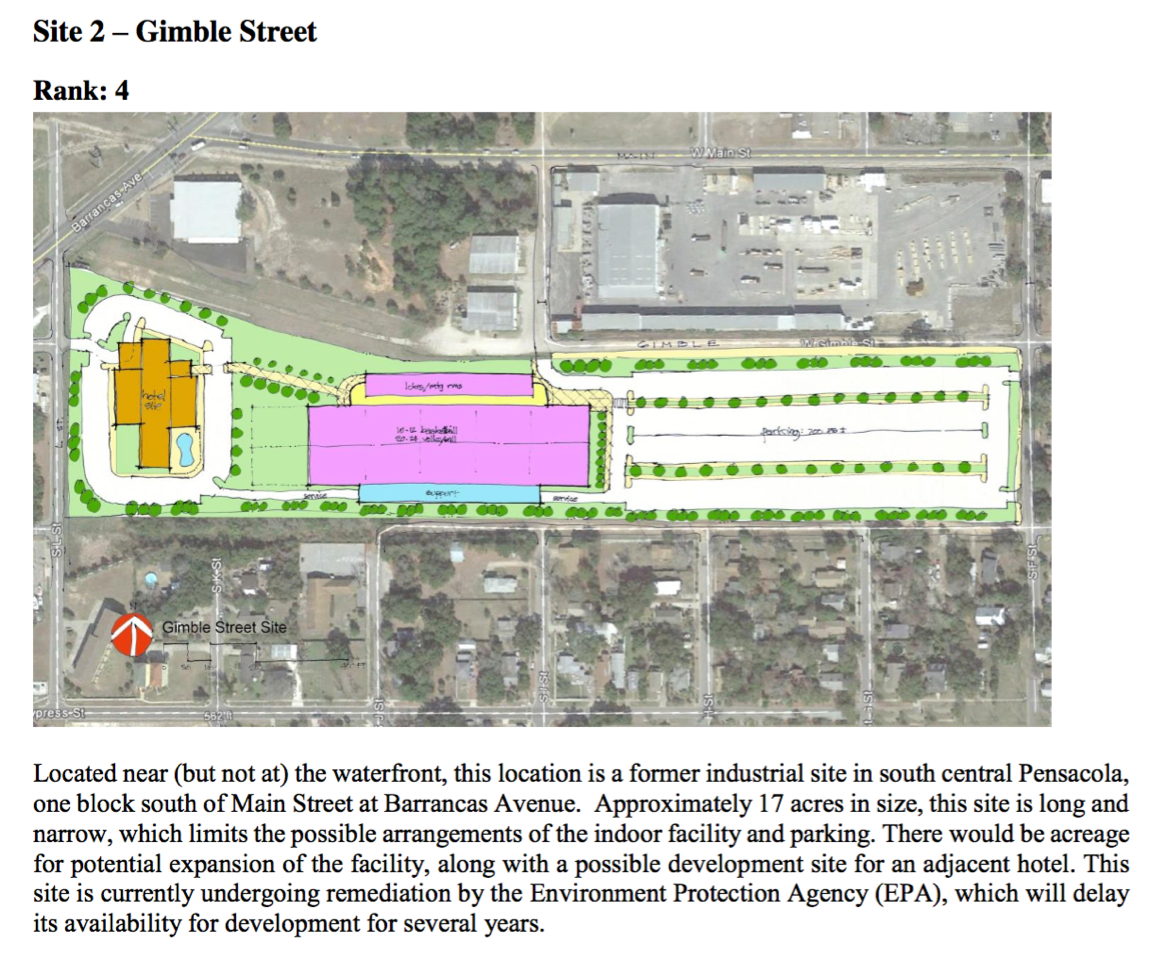
 CivicCon launches with a look at good growth in cities
CivicCon launches with a look at good growth in cities
 Building stronger brains one baby, one parent at a time
Building stronger brains one baby, one parent at a time
 SCI debuts commercial on Early Learning City
SCI debuts commercial on Early Learning City
 Entrecon: World class speakers and an opportunity to sharpen skills
Entrecon: World class speakers and an opportunity to sharpen skills
 PYP Quality of Life survey 2017
PYP Quality of Life survey 2017
 EntreCon Pensacola 2016: A look back
EntreCon Pensacola 2016: A look back
 Leadership tip: getting better employee takeaways
Leadership tip: getting better employee takeaways
 Leadership tip: be interested instead of interesting
Leadership tip: be interested instead of interesting
 Leadership tip: delivering difficult messages
Leadership tip: delivering difficult messages
 Brain Bags boost Arc, Early Childhood Court programs
Brain Bags boost Arc, Early Childhood Court programs